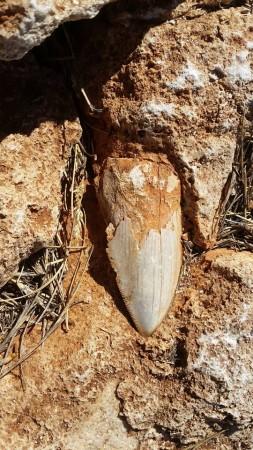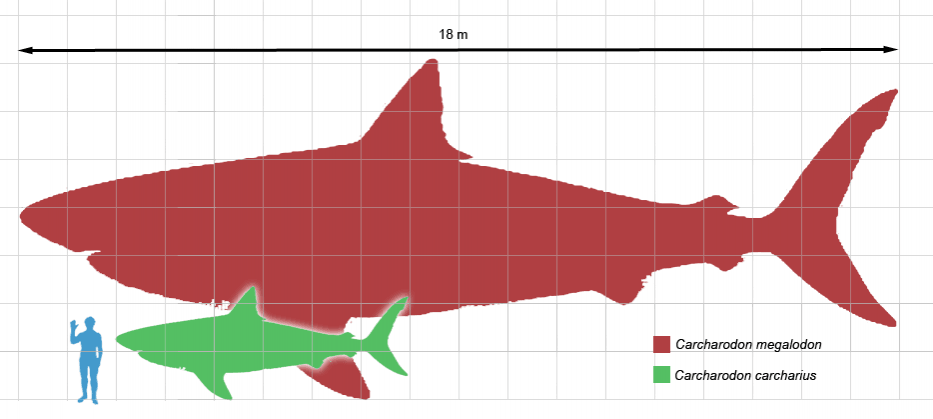
The tooth of an ancient giant shark has gone missing from a World Heritage Site in Australia. It is suspected that the 8cm (3in) tooth of the Megalodon shark has been stolen.
"It had quite defined features on it, so you could see the serrated edge of the shark's tooth, it was probably one of the better specimens we knew of," said Arvid Hogstrom from Parks and Wildlife in Western Australia.
According to BBC report, it was one of the two Megalodon teeth located in the Unesco World Heritage-listed Ningaloo Coast.
"The worst part is they took the better specimen, which was not so well known," said spokesman Arvid Hogstrom."Our staff had actually physically covered it up with natural features to make sure it was hidden."

The giant predator died out about 2.5-2.6 million years ago was regarded as one of the largest and most powerful fish that ever lived. Here's all you need to know about it:
Appearance
There are different interpretations of the looks of the ancient giant shark. Some believe it was a robust-looking shark, and might have had a build similar to that of the great white shark. They might have had the same kind of fins and similar shape. The jaws, however, may have been wider and blunter than that of the great white shark.
Another interpretation is that it bore a similarity to the whale shark or the basking shark with a crescent-shaped tail fin. The second dorsal fin and the anal fin would have been small in that case.
Size
It is thought to be the biggest shark that ever lived. Paleontologists aren't quite sure, but most agree that they were at least 52 feet in length.
A 2013 study suggested a maximum length of 59 feet — three times longer than the great white shark of today, Discovery reported.
Food
Megalodon fed on whales and other large sea creatures.
In fact, over the years, a number of fossilized whalebones have been found with signs of bite marks that matched the Megalodon's massive teeth, which could grow to more than 7 inches in length.
Reason for extinction
Experts aren't sure of the reason of Megalodon's extinction, but the most popular theory is that the warm, shallow seas where they hunted dried up and disappeared.
The experts suspect that at the start of Ice Age, as the global climate cooled, more and more water got locked up at the poles, resulting in a drop in the sea levels. This might have erased many of the shallow coastal seas that were the Megalodon's habitat.










![Sky is the limit: IndiGo is now tenth largest airline by capacity globally; growth indisputable [details]](https://data1.ibtimes.co.in/en/full/767454/sky-limit-indigo-now-tenth-largest-airline-by-capacity-globally-growth-indisputable-details.jpg?w=220&h=138)






